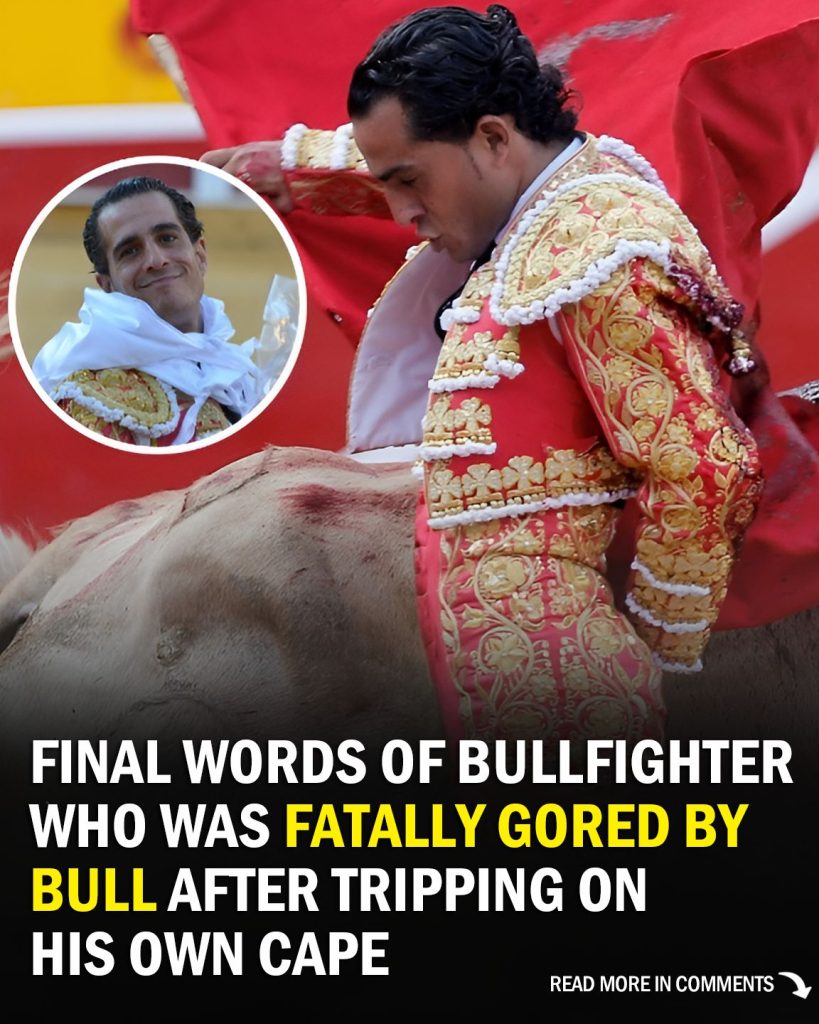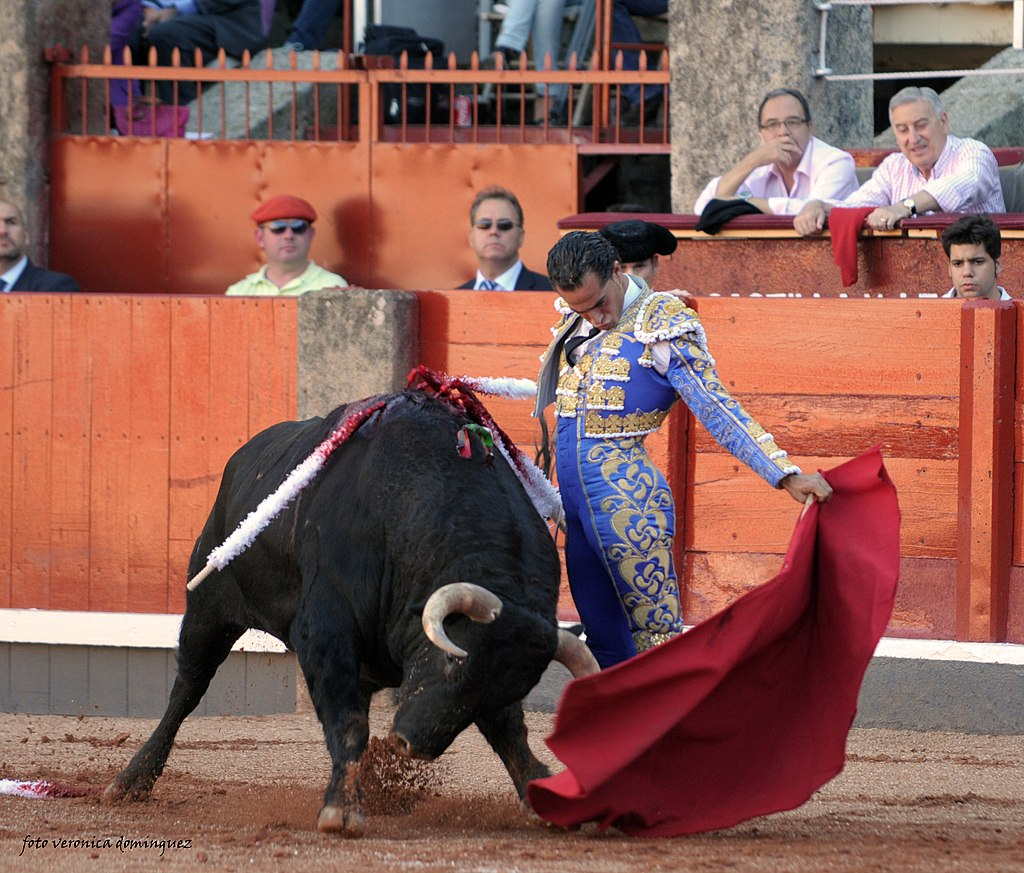
The death of veteran matador Iván Fandiño has sparked a global debate. Some mourn the loss of a cultural icon, while others use his passing as an opportunity to question the dangers and ethics of bullfighting. His death has drawn fresh attention to a centuries-old tradition, caught between admiration and controversy.
One Misstep, One Life Lost
On June 17, 2017, in Aire-sur-l’Adour, Fandiño was performing as he always had. The crowd watched as he skillfully maneuvered his cape, drawing the bull in close. But then, in a split second, he tripped on the fabric he had always controlled so well.

The fall left him vulnerable. The bull, charging with force, gored Fandiño in the right lung. Onlookers gasped. Other matadors rushed to help, and medical staff attempted to stabilize him before he was rushed to the hospital.
Despite their best efforts, Fandiño’s injuries were too severe. He passed away either on the way to the hospital or shortly after arriving. Witnesses say he remained conscious for a time, whispering, “Hurry up, I’m dying.” His words added a deeply human element to the tragedy.
Iván Fandiño: A Career of Bravery and Blood
Fandiño was not just a performer; he was a matador who embodied courage, skill, and passion. Born in Orduña, Spain, he grew up surrounded by bullfighting traditions. He built a reputation as someone who never backed down from the toughest bulls, no matter the risk. Some admired him for his bravery, while others criticized him for participating in such a dangerous sport.
His career spanned many years, and he performed across Spain and France, facing countless challenges and injuries but always returning to the ring. He believed in the ritual of bullfighting and viewed it as an art that was deeply connected to his heritage.

Off the arena, Fandiño was a devoted family man. He was known for being humble, dedicated both to his craft and to his loved ones. His death has left a void not only in the bullfighting world but also in the hearts of those who knew him personally.
Final Words That Captivated a Nation
The words “Hurry up, I’m dying” became more than just a last plea—they became a symbol of the true risks of bullfighting. Said by a matador who had faced death many times, these words revealed an undeniable truth: no amount of skill can change the fact that bullfighting is dangerous.
These final words carried emotional weight. They painted a picture of a man fully aware of his fate but still clinging to life. For many, his words shifted the story from one of performance to one of raw human emotion.
The emotional response was immediate. Fans shared tributes, journalists wrote pieces about his life and legacy, and videos of his final moments spread widely. His death and the words he left behind became a rallying cry for reflection within the bullfighting community.
Legacy of a Fallen Matador
Iván Fandiño’s legacy is one of risk, respect, and dedication. To his supporters, he was one of the last great matadors, a man who balanced the art of bullfighting with its inherent dangers. His fearless performances earned him a permanent place in the sport’s history.
ABC puts deadly goring of bullfighter Ivan Fandiño on its front page. pic.twitter.com/zYWpWgceTO
— The Spain Report (@thespainreport) June 18, 2017
But his death also gave new momentum to critics of the sport. Activists argue that no tradition is worth the loss of a life, and some countries have already banned bullfighting. Others may follow suit in response to this tragedy.
Regardless of opinions, Fandiño’s story forces a tough conversation: Can a tradition so deeply tied to a nation’s identity evolve to meet modern values? And if not, what price are we willing to pay to keep it alive?
Following the accident, the Spanish government issued a statement mourning Fandiño’s death. King Felipe and Queen Letizia of Spain also shared their condolences on Twitter, calling Fandiño a “great figure of bullfighting.”
A Tragedy That Transcends the Arena
Iván Fandiño’s death is more than just a headline—it’s a stark reminder of the dangers behind bullfighting. For those who admire the tradition, he died doing what he loved. For those who oppose the sport, his death is further proof of why bullfighting must change or be abolished.
As the debate continues, one thing is certain: a talented matador is gone. His cape now rests not only as a symbol of style but also as a reminder of a life lived on the edge—and a tradition that may soon face its reckoning.